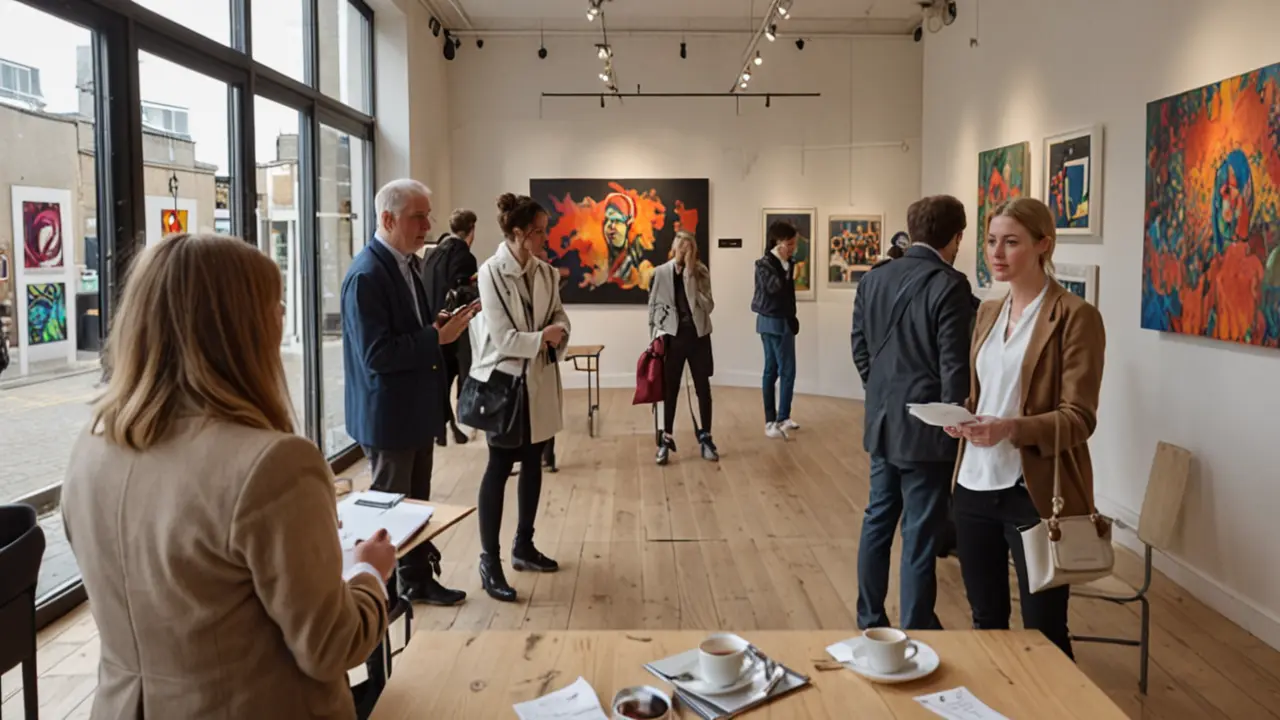Art tips that actually make your work better fast
Here’s a blunt truth: steady practice beats sudden inspiration. You can make visible progress with a few focused habits and simple tricks. These art tips are practical, tested, and easy to use whether you sketch, paint, or design.
Quick fixes you can use today
Start every session with a 5-minute warm-up. Do quick gesture drawings or value blocks to wake your eye. Warm-ups loosen your hand and reveal what your brain is missing before you commit to a big piece.
Use thumbnails to plan composition. Draw 6–12 tiny versions of your idea, then pick the strongest one. Thumbnails save time and stop you from committing to a weak layout.
Work values before color. Block in lights and darks in grayscale or with a single neutral wash. If the values read well, color will often fall into place. Many “failed” color pieces were value problems in disguise.
Limit your palette to 3–5 colors at first. A small palette forces harmony and teaches color mixing. You’ll understand temperature and saturation much faster than by using every tube on the shelf.
Habits that improve art fast
Measure proportions with a simple plumb line or pencil method. Hold your arm straight out and use your pencil to compare angles and sizes. This low-tech trick sharpens accuracy and keeps your drawing from drifting out of proportion.
Control edges: decide where you want hard vs. soft edges. A sharp edge draws attention; a soft edge recedes. Placing a single sharp edge near your focal point makes the whole piece read better.
Use references the right way. Don’t just copy. Study lighting, texture, and how forms turn. Combine multiple photos or sketch from life to avoid frozen or flat results.
Timebox your work. Set a timer for 20–90 minutes and focus on one problem—composition, value, or color. Short, intense sessions build skill faster than long unfocused ones.
Ask for specific feedback. Instead of “How do you like it?” ask “Does the focal point read? Are my values clear?” Targeted questions lead to useful answers you can act on.
Take progress photos regularly. Compare week-to-week, not minute-to-minute. Seeing a steady line of small improvements keeps you motivated and reveals repeating mistakes.
Finally, present your work cleanly. Crop photos straight, use natural light, and avoid heavy filters. Good presentation makes your work easier to judge and share.
Use these art tips consistently and you’ll see change. Small, focused habits beat random effort. Pick two tips from this page and apply them to your next piece—then repeat.


